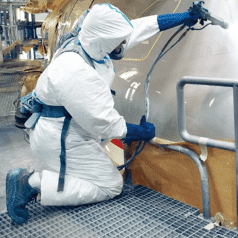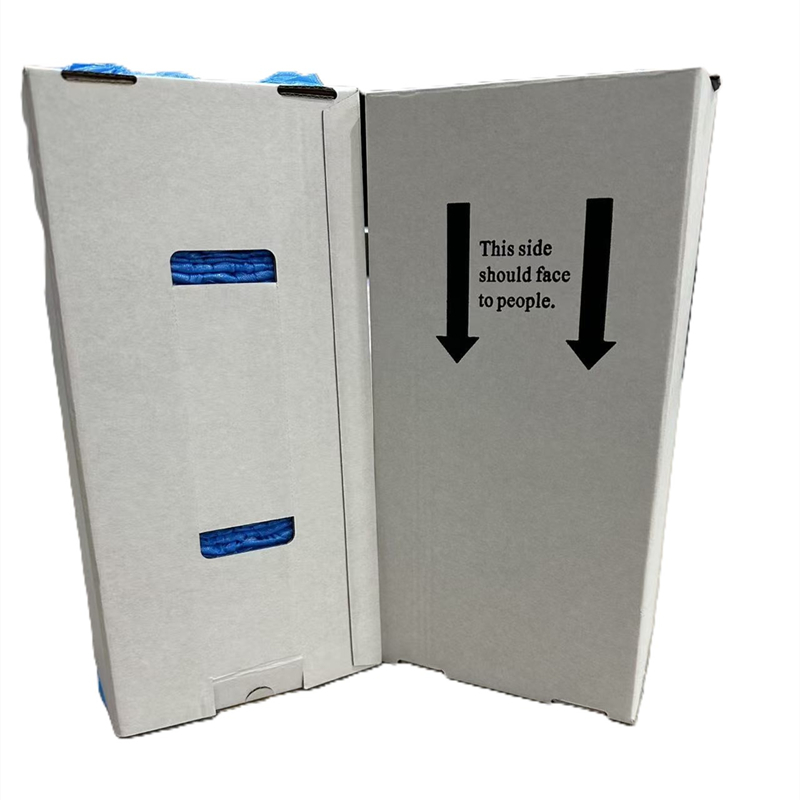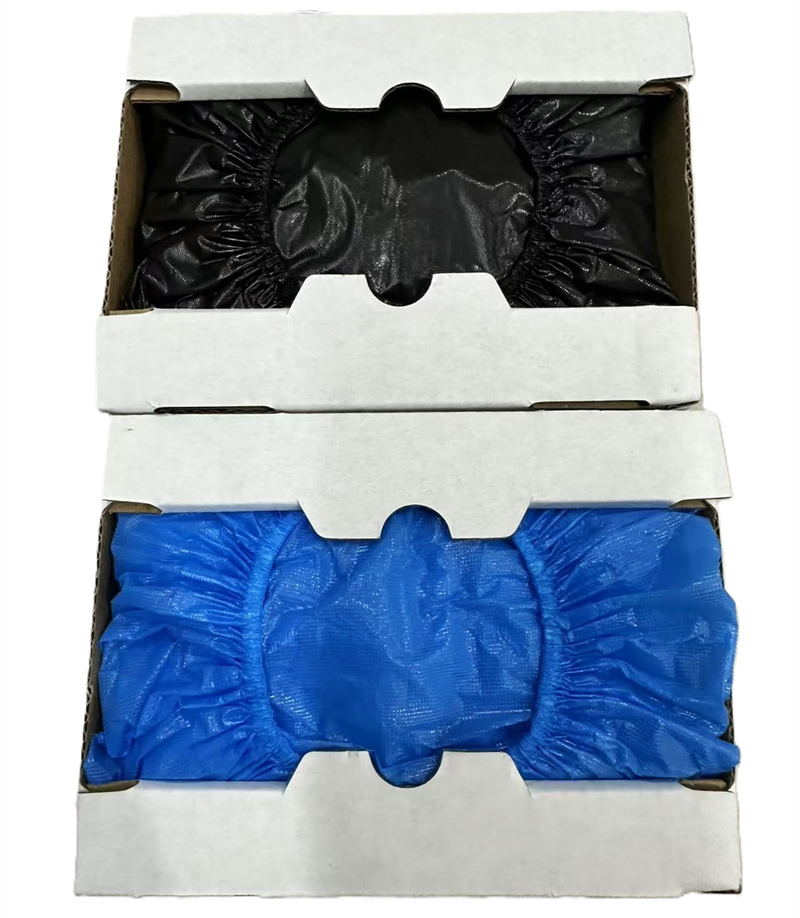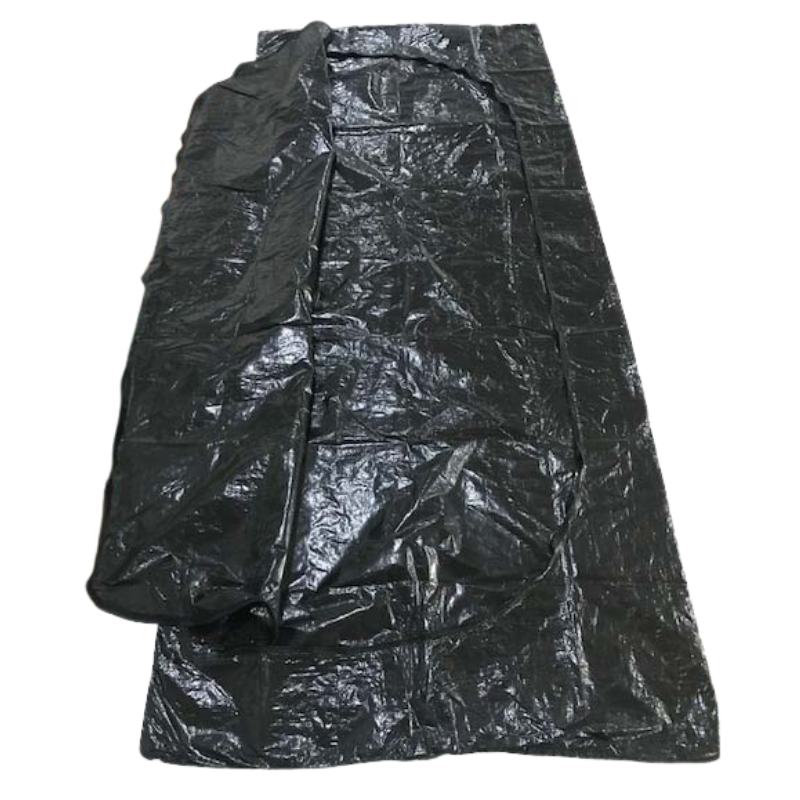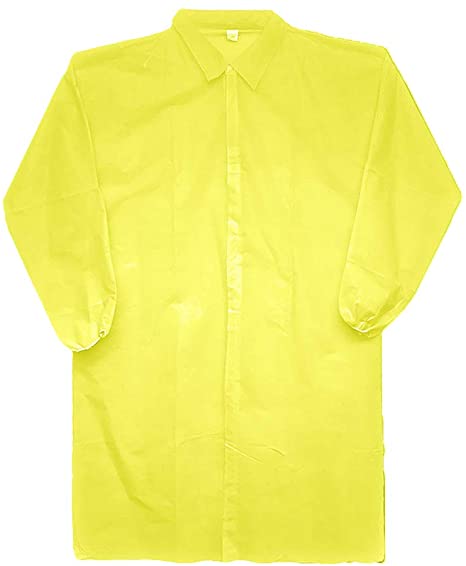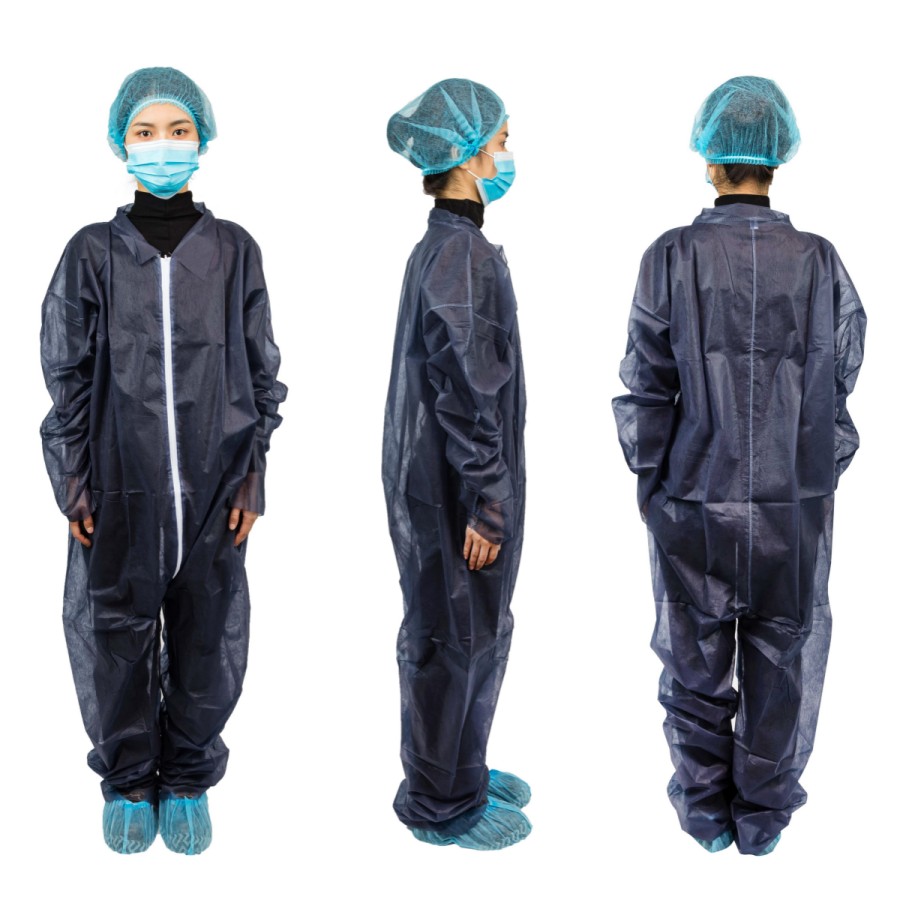A disposable coverall for painting is designed to protect workers from exposure to hazardous materials, such as chemicals, particulates, and biological agents. This can help prevent injuries and illnesses, which can result in lost productivity and increased healthcare costs.

Hazards in construction work
1.1 Exposure to dust and chemicals
To prevent the health risks associated with exposure to dust and chemicals, workers should be provided with appropriate protective clothing, such as disposable coveralls to minimize exposure to dust and chemicals. Workers who are exposed to dust and chemicals may require medical surveillance to monitor their health and detect any adverse effects of exposure.
1.2 Risks of cuts and punctures
Cuts and punctures can introduce bacteria and other pathogens into the body, leading to infections such as tetanus and cellulitis. In severe cases, infections can spread to other parts of the body and become life-threatening. Disposable coveralls can help prevent the risks of cuts and punctures by providing an extra layer of protection for workers.
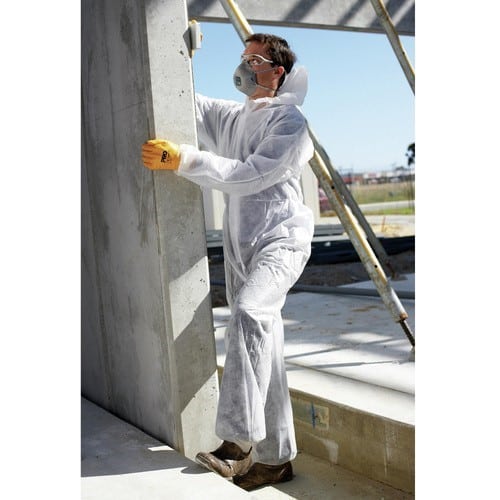
1.3 The danger of fire and electrical hazards
Fire and electrical hazards can cause burns and electrocution, which can be life-threatening. Electrical burns can be particularly dangerous as they can damage internal organs and tissues. To prevent the risks associated with fire and electrical hazards, it is important to wear protective clothing, such as disposable coveralls.
Benefits of using disposable coveralls for construction workers
2.1 Flame-resistant properties
Disposable coveralls with flame-resistant properties are designed to have a lower ignition and burn rate than standard coveralls, which means that they are less likely to catch fire and burn if they come into contact with flames or heat. If a disposable coverall with flame-resistant properties does catch fire, it will self-extinguish, which means that the flames will not spread and the coverall will not continue to burn. Wuhan Youfu has gone the extra mile to ensure their flame-resistant coveralls bring you nothing but top quality, peace of mind and protection.

2.2 Protection against dust and chemicals
By providing workers with disposable coveralls with a rule pocket that are designed to protect against dust and chemicals, workers can help minimize the risk of respiratory and skin irritations, as well as other health issues that can result from exposure to hazardous materials in the construction industry.
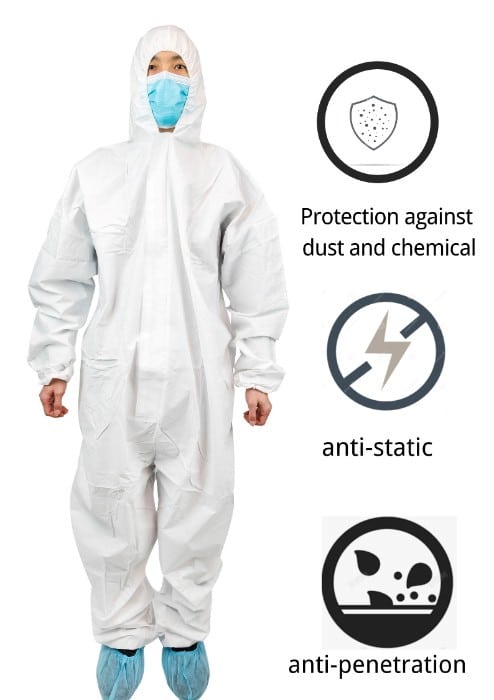
2.3 Resistance to cuts and punctures
Disposable coveralls are typically made of durable materials, such as microporous, that protect against cuts and punctures. They are designed to allow for ease of movement, which can help workers perform their tasks efficiently while also protecting cuts and punctures.
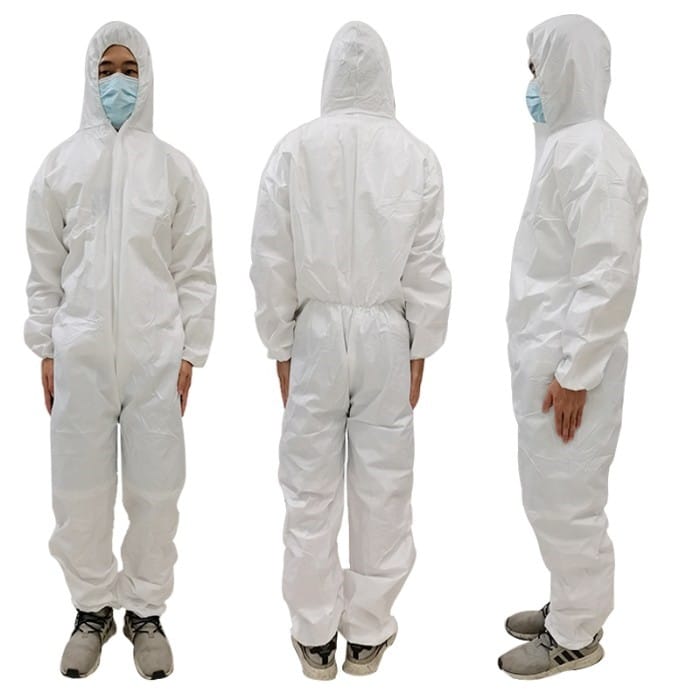
2.4 Comfort and ease of movement
Disposable coveralls are designed to provide comfort and ease of movement for workers, while also ensuring their safety and protection in the workplace. Here are some items that disposable coveralls achieve this:
Lightweight materials: Disposable coveralls are typically made of lightweight materials, such as non-woven fabrics, which make them more comfortable to wear than heavier protective clothing.
Elastic cuffs and ankles: Disposable coveralls often have elastic cuffs and ankles, which help to keep them in place and prevent dust and chemicals from entering the wrists and ankles.
Proper sizing and fit: Disposable coveralls are available in a range of sizes, which means that workers can choose the size that fits them best, providing additional comfort and ease of movement.
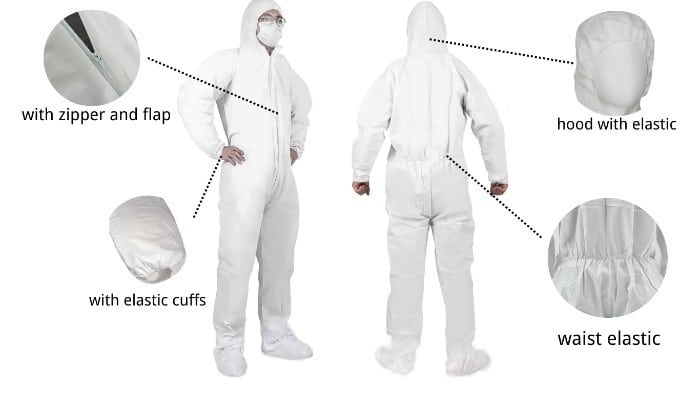
2.5 Anti-static
Disposable protective clothing is usually made of antistatic materials that prevent the generation and accumulation of static electricity. This is important for situations where it is necessary to prevent electrostatic interference or to avoid hazards such as fire and explosion, such as operations in the electronics, chemical, and pharmaceutical industries.
Choosing the right disposable coverall for construction workers
3.1 Materials considerations
Material considerations are an important factor when choosing disposable coveralls for construction workers.
Polypropylene: Polypropylene is lightweight and breathable, it is commonly used in disposable coveralls. It is resistant to chemicals and offers basic protection against dust and dirt.
Microporous film: Microporous film is a breathable and high-quality material that offers protection against liquids, particulates, and some chemicals. It is commonly used in disposable coveralls for workers who are exposed to hazardous chemicals.
SMS: SMS stands for Spunbond Meltblown Spunbond and is a combination of polypropylene and polyethylene. It provides good protection against liquids and particulates and is commonly used in disposable coveralls for workers in the construction industry.
Polyethylene: Polyethylene is a synthetic material that is waterproof and commonly used in disposable coveralls for workers who are exposed to liquids.
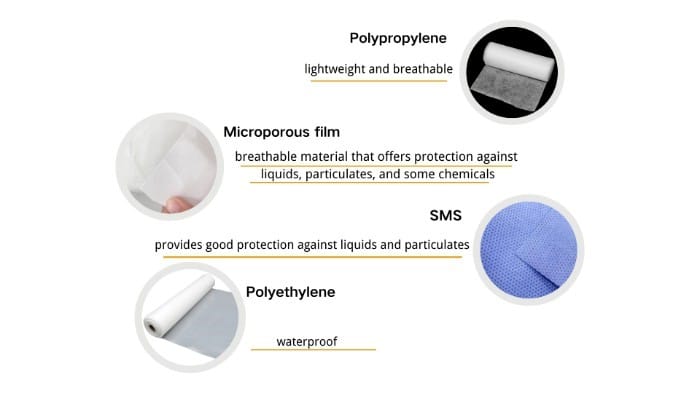
3.2 Proper sizing and fit
Proper sizing and fit are important factors to consider when choosing disposable coveralls for construction workers. Use the manufacturer’s size chart to determine the appropriate size for each worker based on their measurements. Consider the fit of the coverall around the shoulders, hips, and waist. It should be comfortable to wear and allow for ease of movement. What’s more, the style of the zipper, and pockets also should be considered.
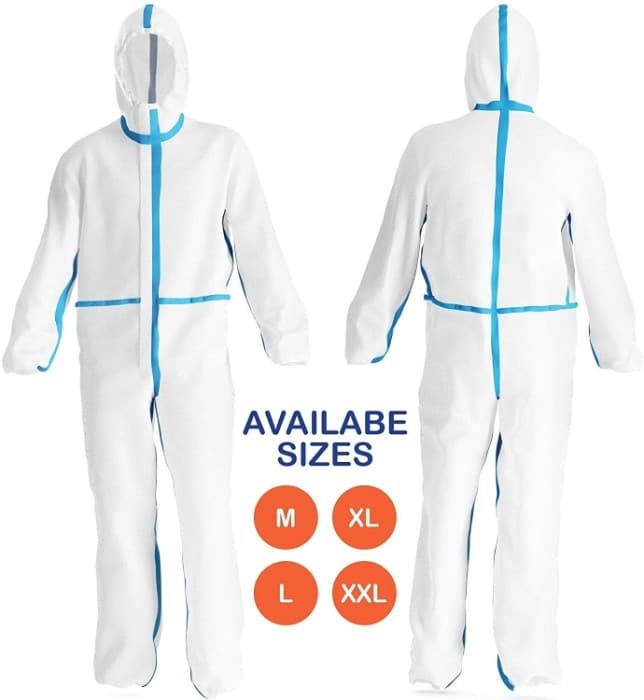
3.3 Level of protection needed
The level of protection needed when choosing disposable coveralls for construction workers depends on the hazards present in the workplace.
Identify the hazards: Conduct a hazard assessment to identify the hazards present in the workplace, including chemicals, particulates, and other potential sources of exposure.

Choose appropriate protection: Choose disposable coveralls that provide appropriate protection against the identified hazards. For example, workers who are exposed to hazardous chemicals require coveralls made from chemical-resistant materials, while workers who are exposed to particulates require coveralls that protect against particulates.

3.4 Compliance with safety regulations
It is important to ensure that disposable coveralls meet appropriate safety standards and regulations to protect workers from potential hazards in the workplace in a dangerous room. Employers should also provide training on the proper use, care, and disposal of disposable coveralls to ensure that they are used effectively and safely.
Creating a safe and efficient worksite for construction workers requires a comprehensive approach that considers plenty of factors, including the hazards present in the workplace, the appropriate protective gear, and compliance with safety regulations.

The appropriate protective clothing, including disposable coveralls, should be chosen based on the specific hazards present in the workplace. If you want to know more information or get business with us then click our web link: med-disposable.com

